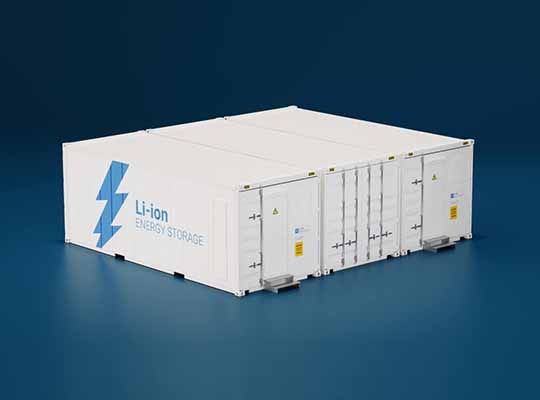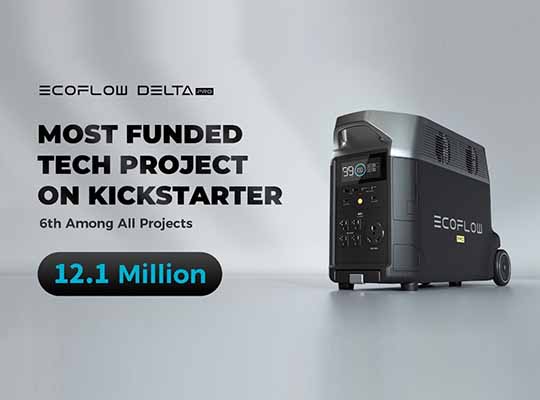LONDON – The adoption of electric vehicles (EV) has been vital as the peril of global warming looms large. EV batteries are highly efficient and non-polluting but have range and lifespan limitations. Automotive battery thermal management systems are designed to overcome this by protecting the batteries from external elements and regulating their thermal nature. A soaring demand for fuel-efficient vehicles with minimal drops in performance that comply with norms such as the California Zero Emission Vehicle Program is expected to benefit the global automotive battery thermal management systems market.
Potential Bans on Sale of New ICE Vehicles Accelerate Shift Towards Electric Vehicles
Passenger vehicles are anticipated to dominate the automotive battery thermal management system market for the foreseeable future. There has been a noticeable preference for personal mobility because of the fear of contracting COVID-19. There is an unprecedented level of choice on offer as consumers can opt for propane, bio-diesel, and hydrogen vehicles, in addition to conventional petrol powered ones. As governments pass norms to ban the sale of new internal combustion engine (ICE) vehicles, it is highly likely that the sale of EVs will rise exponentially, opening immense up opportunities for automotive battery thermal management system companies.
Governments Encouraging Adoption of Automotive BTMS by Subsidising Electric Vehicles
In 2013, China’s government provided subsidies ranging from RMB 4,000 to 35,000 for each plug-in hybrid electric vehicle and RMB 35,000 to 60,000 for every battery electric vehicle purchased, depending on the vehicle range. Although these subsidies decreased by 10% in 2015, they still provided a huge boost to fledgling sales of electric vehicles in the vast China market and there is a strong possibility of other countries providing similar subsidies to encourage widespread adoption of EVs, benefiting the automotive battery thermal management system market.
Difficulties in Designing Systems Remain a Huge Challenge in the Global Automotive BTMS Market
Manufacturers of automotive battery thermal management system components face numerous challenges related to power requirements, optimal flow channels, and weight and cost reductions. Any increase in temperature due to high power can be catastrophic and can result in short-circuits or fires. These inherent complexities in designing automotive battery thermal management systems restrain growth prospects in the market.
Need to Tackle Air Pollution Makes APAC Dominate Automotive BTMS Market
Asia Pacific region comprises 60% of the global automotive battery thermal management system market by revenue. China, Japan, India, and South Korea are amongst the ten largest automobile manufacturing nations. Booming economic development in China and India has resulted in rampant air pollution, and national governments have stepped up their efforts in combating it by subsidizing purchases. Large corporations such as Mitsubishi and BAIC have invested millions of dollars in electric vehicles and the APAC region is anticipated to be a trendsetter in electric vehicles.
Key Players in the Automotive Battery Thermal Management System Market
COVID-19 had an outsized impact on the global automotive battery thermal management system market as automakers halted production and consumers delayed purchases. Nevertheless, the industry has begun to pickup pace as vaccination campaigns get underway and people resume commuting to work. Prominent companies in the automotive battery thermal management system market are MAHLE GmbH, VOSS Automotive GmbH, Dana Limited, Continental AG, LG Chem, and Calsonic Kansei Corporation. The competition is cutthroat in the automotive battery thermal management system market and mergers and acquisitions and the establishment of production plants to increase capacity is essential to race ahead of rivals.
For more information, please visit : https://www.fairfieldmarketresearch.com/













